- Proudly Servicing Western Montana & Surrounding Areas
Radon mitigation for existing homes is a crucial process aimed at reducing the levels of this naturally occurring radioactive gas within residential spaces. Radon, a colorless and odorless gas, can seep into buildings through cracks in the foundation, gaps in construction materials, or crawl spaces. Long-term exposure to elevated radon levels poses serious health risks, including an increased likelihood of lung cancer. Mitigation strategies for existing homes involve various techniques, such as sub-slab depressurization or sub-membrane depressurization systems, designed to create a barrier that prevents radon from entering living areas. These strategies are essential to safeguard the health and well-being of occupants by effectively reducing radon concentrations within the home environment.
A sub-slab depressurization radon mitigation system is a method used to reduce radon levels in buildings. Radon is a naturally occurring radioactive gas that can seep into homes and buildings through cracks in the foundation or gaps in construction materials. It’s a health hazard when accumulated in high concentrations.
The sub-slab depressurization system typically involves the following steps:
This system creates a pressure difference between the soil beneath the building and the interior, preventing radon from entering the living areas and directing it safely outside where it disperses harmlessly into the atmosphere.
Sub-slab depressurization systems are considered one of the most effective ways to mitigate radon levels in buildings and can significantly reduce health risks associated with radon decay particle exposure.
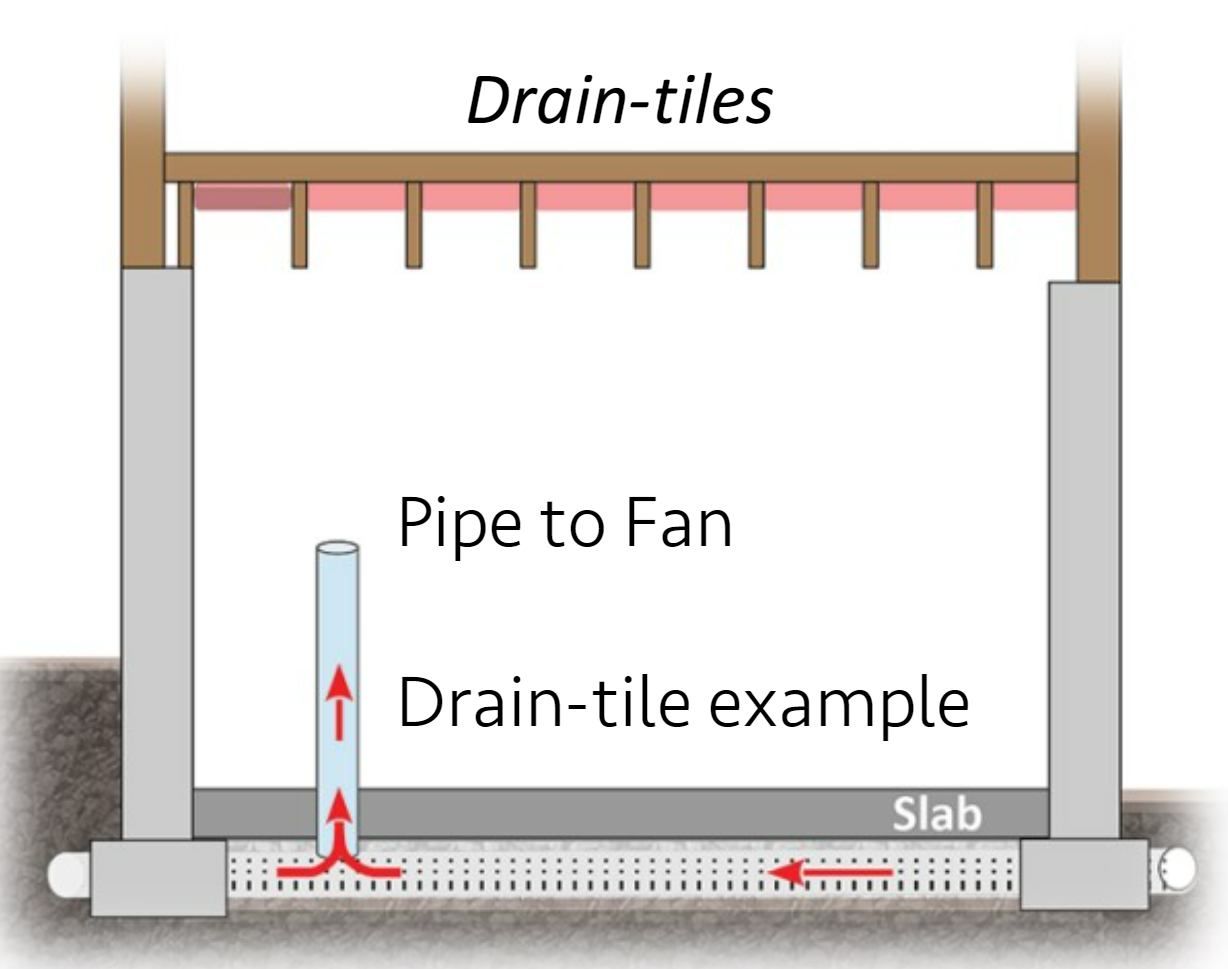
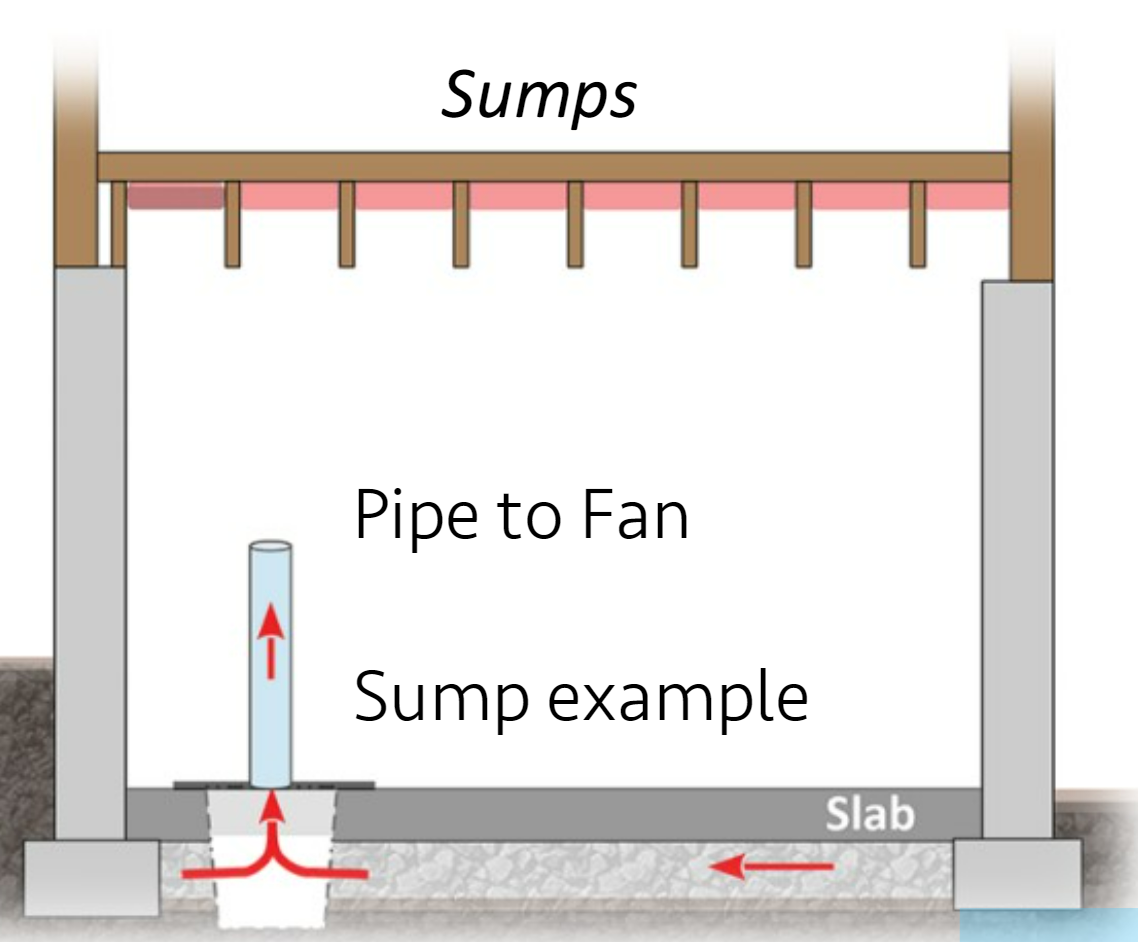
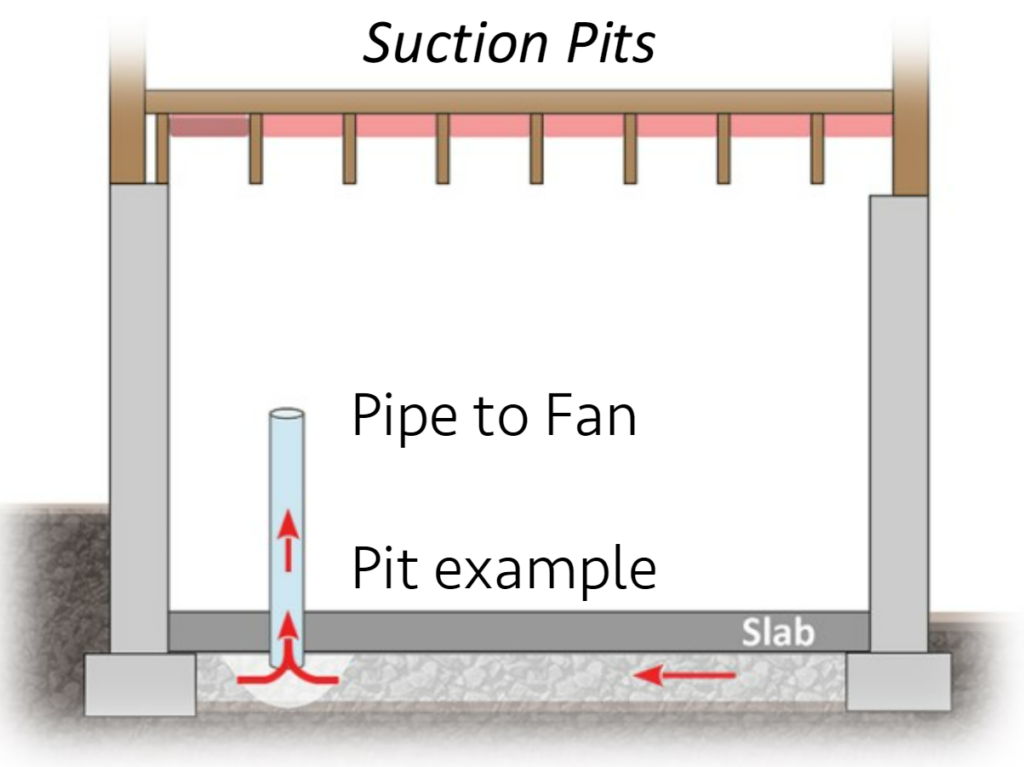
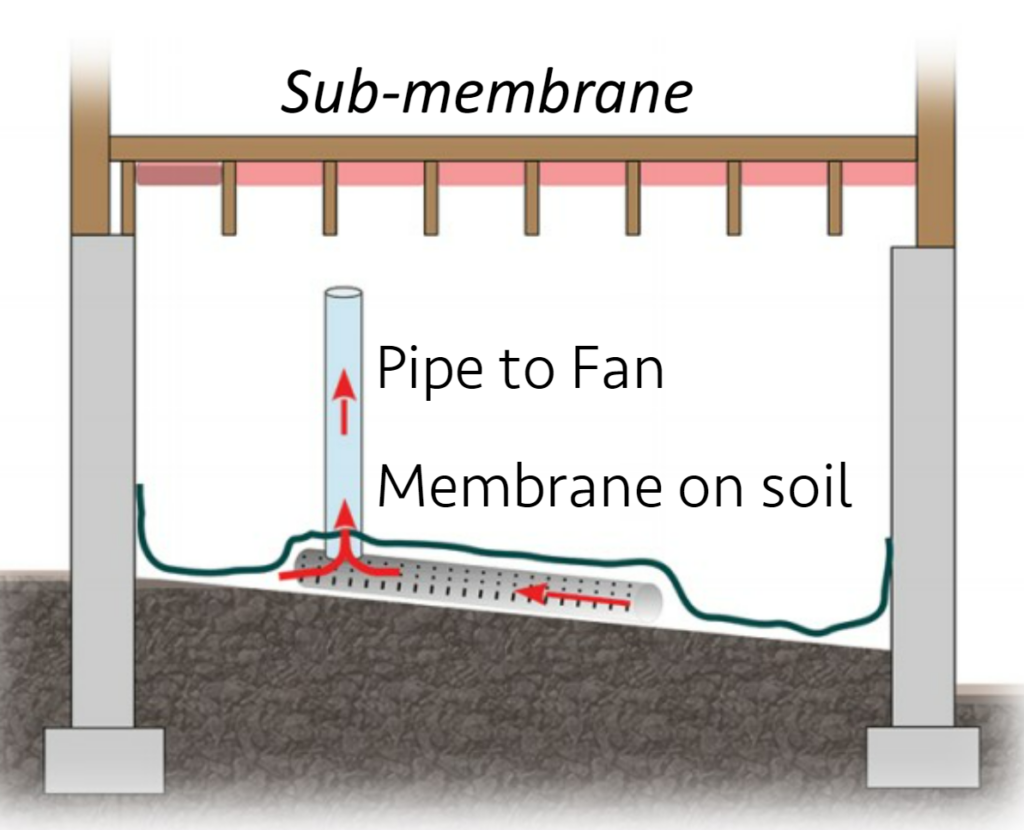
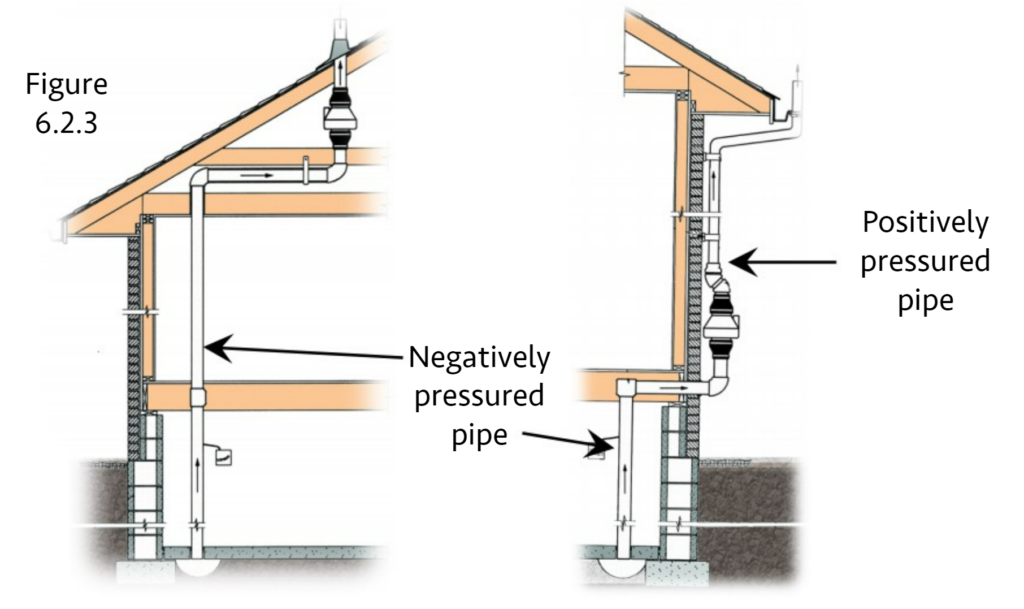
A sub-membrane depressurization radon mitigation system is another method used to reduce radon levels in buildings, particularly in structures with crawl spaces.
Here’s an overview of how this system typically works:
The sub-membrane depressurization system aims to create a negative pressure barrier between the soil in the crawl space under the membrane and the building, preventing radon from entering living areas and directing it safely outside.
This method is particularly effective for structures with crawl spaces providing an efficient way to mitigate radon levels and reduce health risks associated with radon decay particles exposure in those environments.
Our technical staff holds IAC2 certification for indoor air quality and our senior team members are certified by both DEQ and NRPP for environmental quality and radon proficiency.
Water, Radon, Mold, Meth, Asbestos, Lead-Based Paint, and more.
We're here to answer any questions you have about your testing.